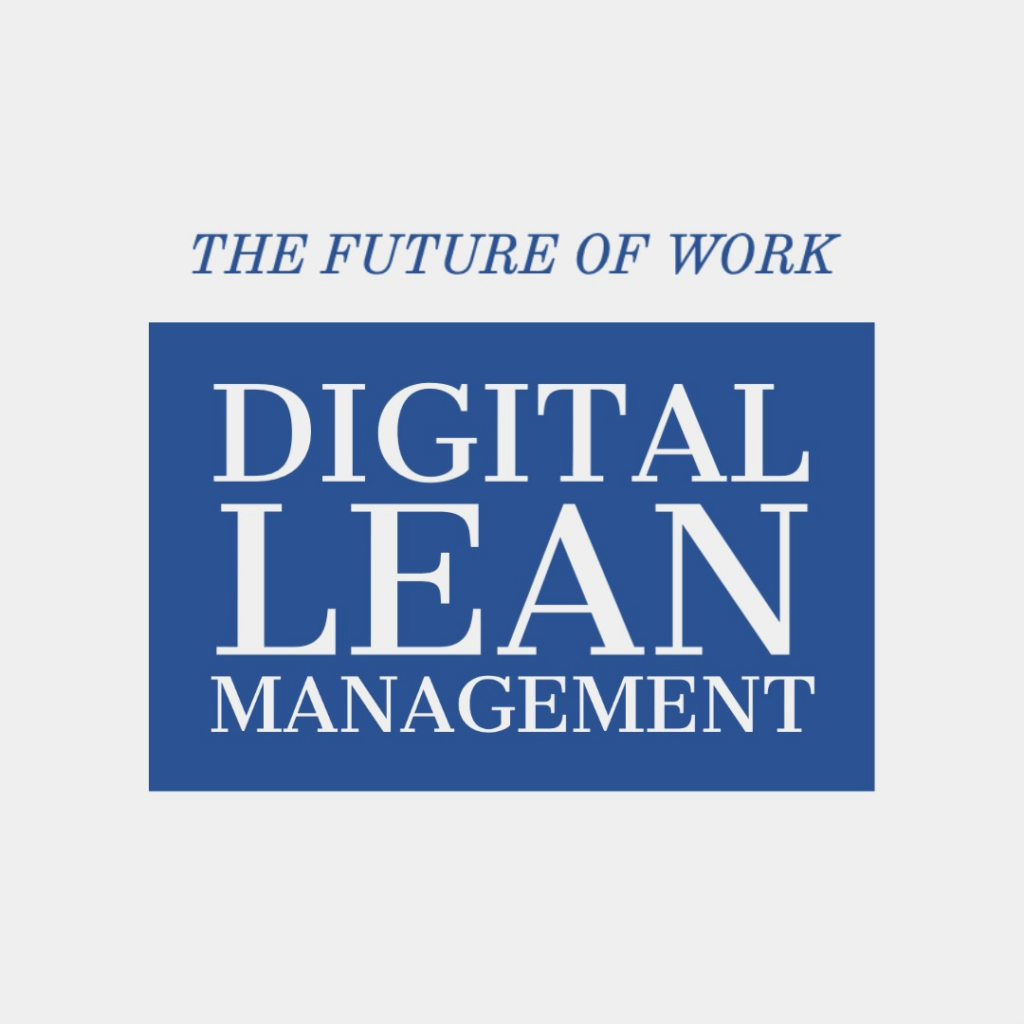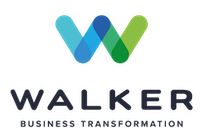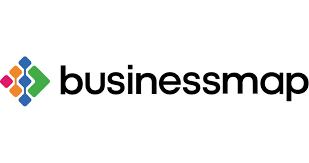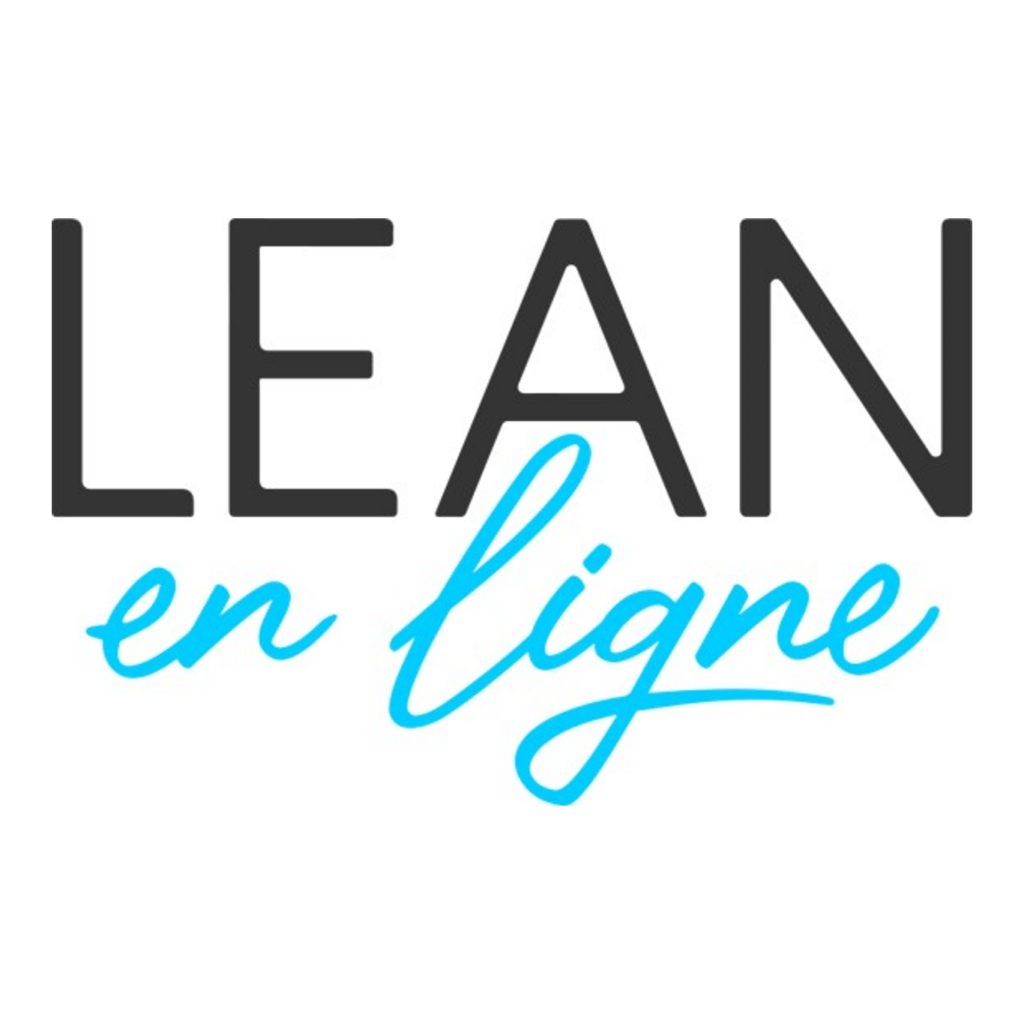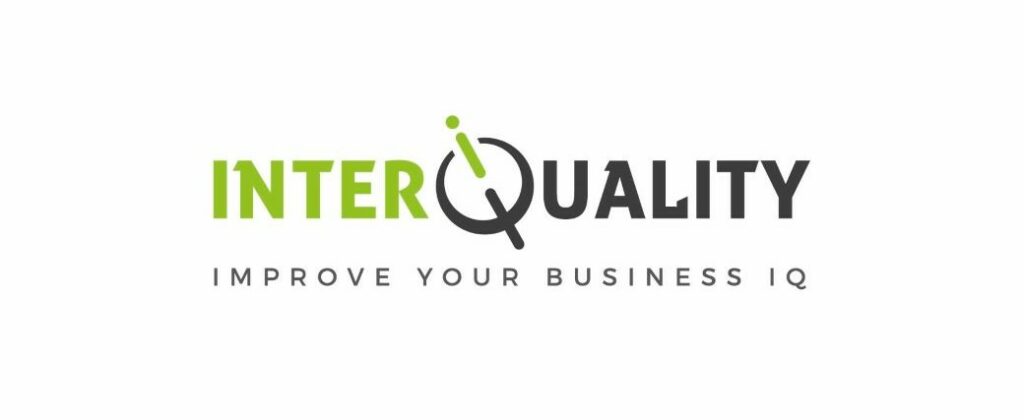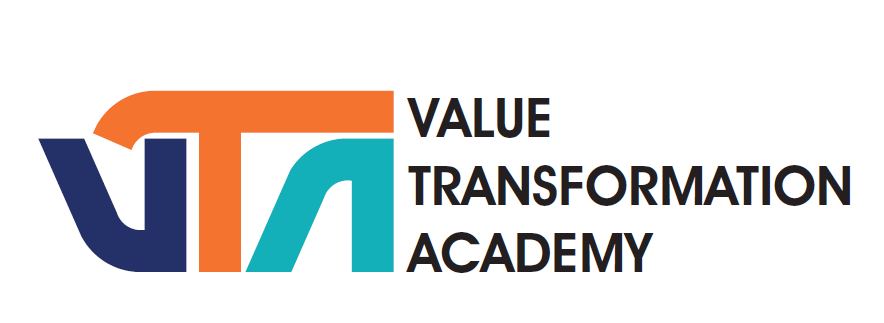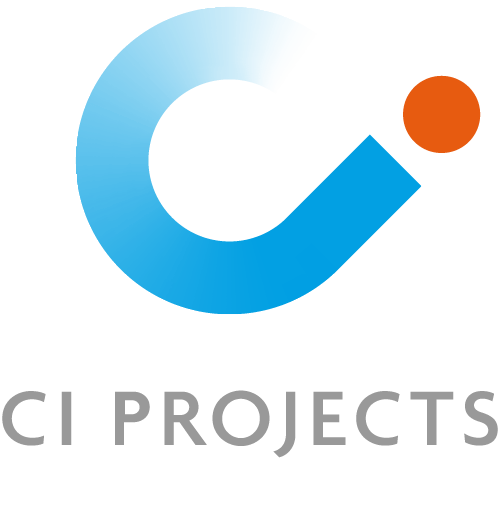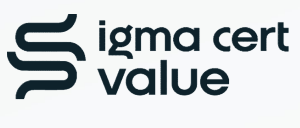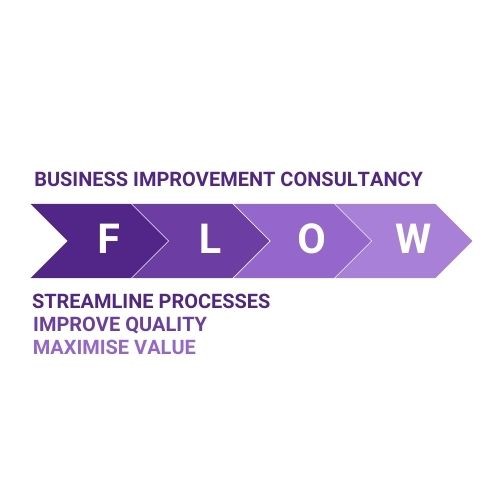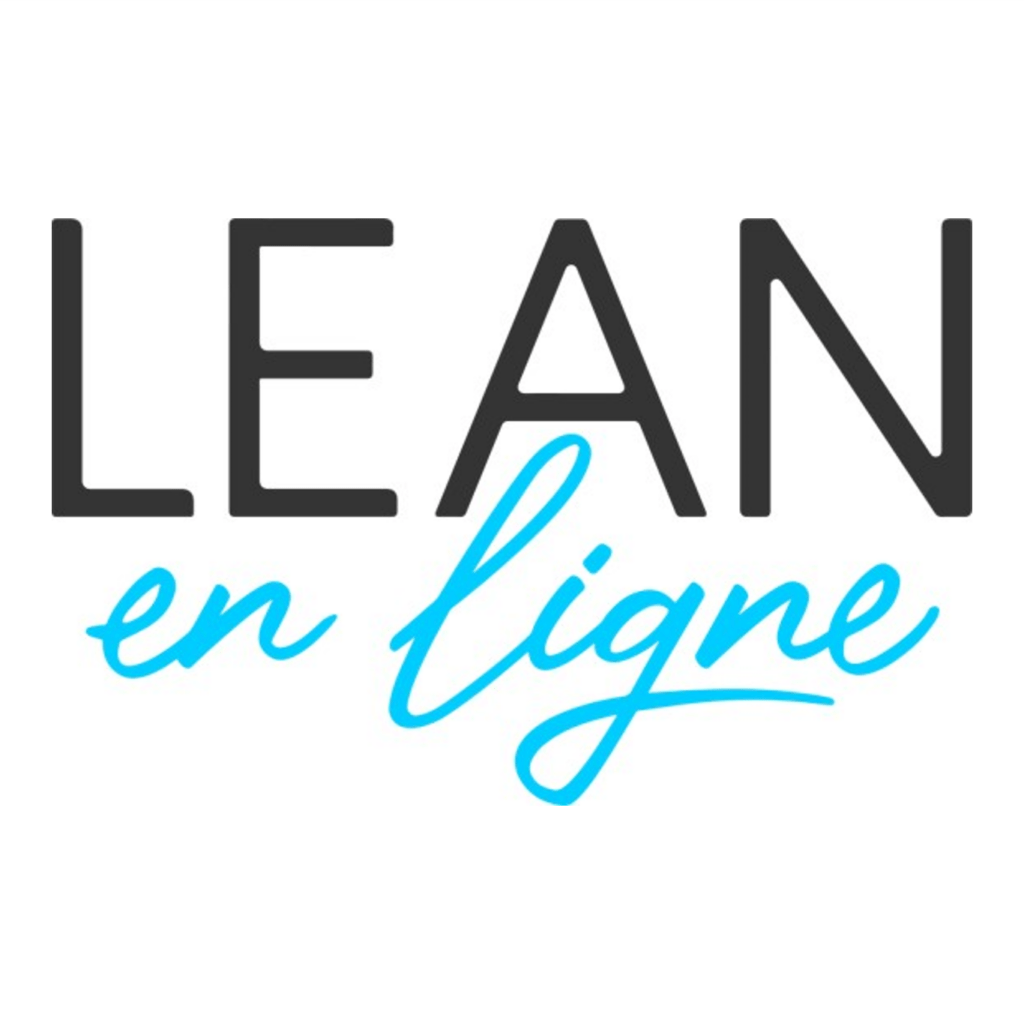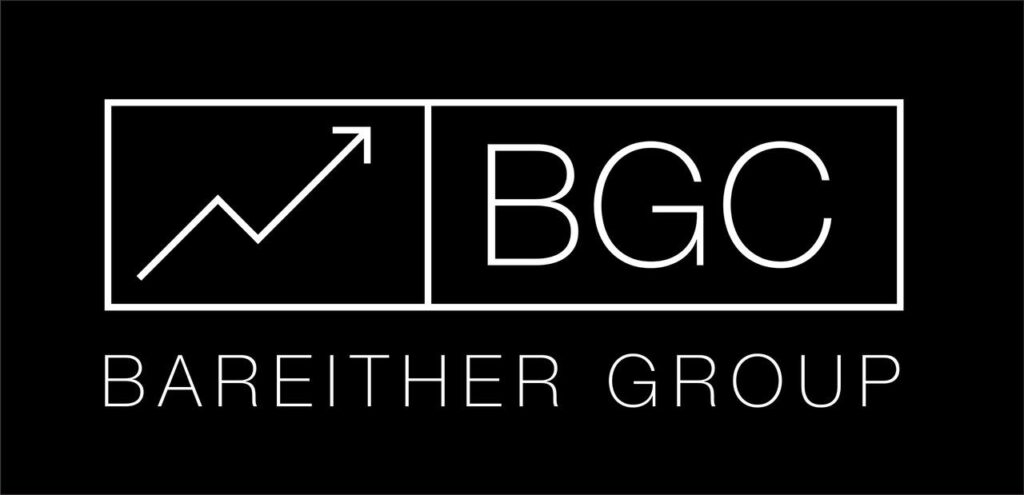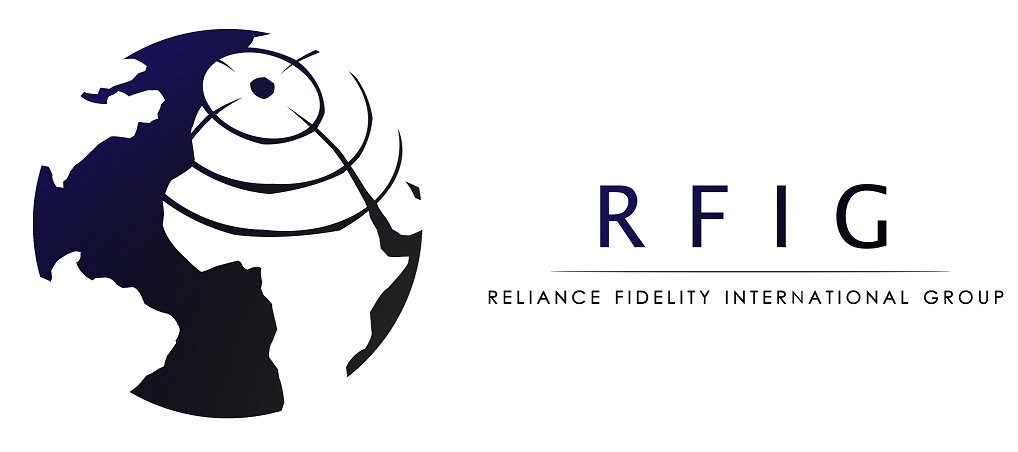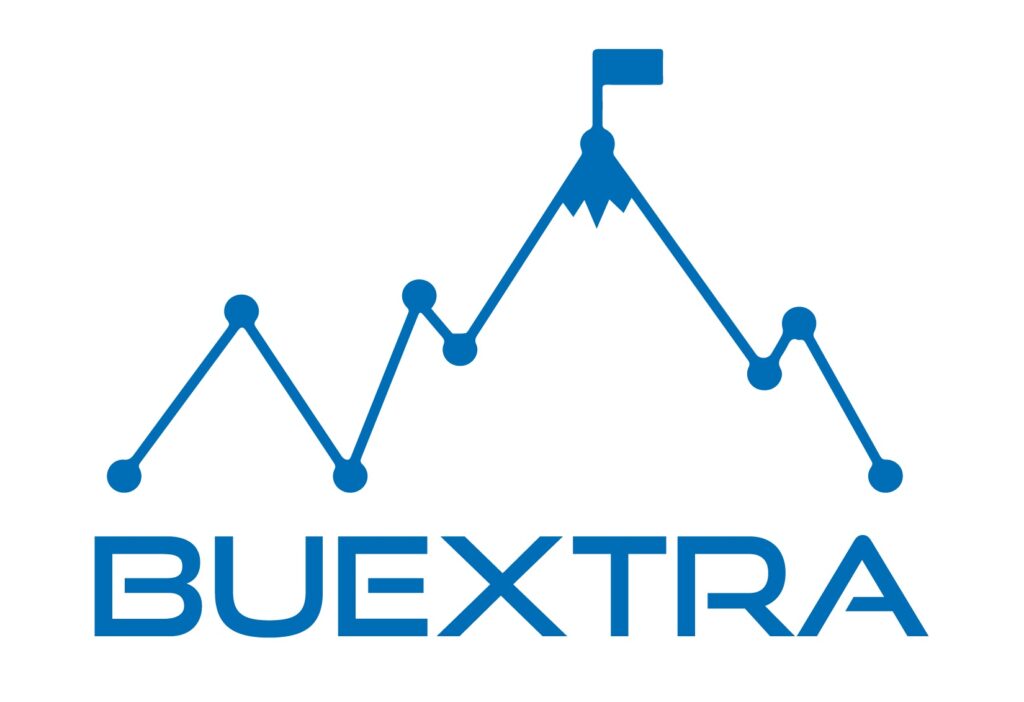Why Transparency Is a Critical Benefit in Business Systems
Imagine a workplace where every team has real-time access to the same accurate data, where decisions are made faster, and where collaboration flows effortlessly across departments.
This is the power of transparency.
It breaks down barriers, enhances communication, and enables businesses to operate at their full potential.
Transparency is a game-changer that drives efficiency, reduces waste, and improves outcomes. When information is shared openly and honestly, organizations can eliminate the silos that slow them down and create a culture of trust and accountability.
Breaking Down Silos and Enhancing Efficiency
Silos, often the result of fragmented or hidden data, can impede the flow of information within an organization. In such environments, teams rely heavily on manual checks, hand-offs, status updates, and reconciliations, which can lead to delays, errors, and inefficiencies. In Lean Six Sigma terms, these inefficiencies manifest as waste.
These wastes include:
- Waiting: Teams or individuals waiting for information or approvals before moving forward.
- Over-processing: Duplicating work because data is inconsistent or unreliable.
- Defects: Errors arising from inconsistent or outdated information.
- Motion: Wasting time chasing down updates or clarification.
- Non-utilized talent: Employees unable to make decisions due to lack of visibility into data.
Lean Six Sigma practitioners have long recognized these wastes as major barriers to operational excellence. By fostering transparency in business systems, these inefficiencies can be minimized, allowing for smoother operations, faster decision-making, and better utilization of resources.
The Role of Transparency in Lean Six Sigma
In the context of Lean Six Sigma, transparency is not just about making data available—it’s about creating systems that allow information to flow freely, accurately, and in real-time. When employees have access to the same, up-to-date information, they are empowered to make better decisions, improve processes, and collaborate more effectively. This alignment fosters continuous improvement, a core principle of Lean Six Sigma, by ensuring that everyone is working toward the same goals with the same data.
The benefits of transparent systems in Lean Six Sigma include:
- Real-Time Visibility: Access to current data enables teams to identify issues and opportunities immediately, rather than waiting for information to be relayed through multiple channels.
- Collaboration: When information is shared, collaboration becomes easier. Teams can work together more effectively, reducing the chances of misunderstandings and duplicative efforts.
- Automation: Transparency allows for the automation of routine tasks by ensuring that systems and data are consistent, reducing manual intervention and freeing up resources for higher-value tasks.
- Trust: Trust is critical in Lean Six Sigma initiatives, and transparency helps to build and maintain that trust by ensuring that all stakeholders have the same information and can hold each other accountable.
- Bottleneck Identification: Transparent systems make it easier to pinpoint bottlenecks or inefficiencies in the process, allowing teams to address them quickly and reduce delays.
The Challenge of Privacy and Security
For decades, businesses and individuals have been taught to prioritize privacy and protect data at all costs. This mindset, born out of concerns over data misuse, surveillance, corporate espionage, and personal privacy, has led to a culture of secrecy in many organizations. While privacy is undoubtedly important, the obsession with it has created unintended consequences:
- Operational Secrecy: Teams operate with limited access to data, adhering to a “need-to-know” approach rather than embracing a “need-to-collaborate” mindset.
- Slower Processes: As a result of secrecy, processes become slower and more cumbersome, as teams must navigate layers of approvals and restrictions to access necessary information.
- Weakened Trust: When information is not freely shared, trust within teams and between departments suffers, and collaboration becomes strained.
- Data Lock-In: Organizations often use proprietary systems that do not interoperate with other systems, making it difficult to share data or integrate new tools and technologies.
This focus on privacy—while necessary—has inadvertently led to inefficiencies. By prioritizing the “God of Privacy,” organizations have simultaneously created the “God of Inefficiency.”
The Need for a Balanced Approach
It is time to move the pendulum back toward transparency, but not at the expense of privacy. The goal is not to expose sensitive data recklessly, but rather to strike a balance between openness and protection. Transparency should focus on visibility where it adds value, auditability where it reduces risk, and shared truth where it enhances collaboration.
Key Benefits of Transparent Systems in Lean Six Sigma:
- Eliminates the Need for Trusted Intermediaries: By ensuring that everyone has access to the same information, there is less need for third parties to facilitate communication, reducing potential points of friction.
- Minimizes Hand-Offs: Teams no longer need to wait for information to be passed between departments or individuals. With real-time data, they can take immediate action without delays.
- Aligns Teams Around Data: With access to shared, real-time information, teams are aligned around common goals, which drives collaboration and reduces misunderstandings.
- Enables Automation: When data is consistent and transparent, processes can be automated, reducing manual intervention and the potential for human error.
- Strengthens Trust: Transparent systems foster trust by allowing everyone to see the same data and ensuring that decisions are based on accurate, up-to-date information.
- Reveals Bottlenecks: By providing visibility into processes, teams can quickly identify bottlenecks or inefficiencies and take action to resolve them.
- Accelerates Decision-Making: With real-time data, decisions can be made faster and with greater confidence, leading to improved outcomes.
- Encourages Collaboration: Transparency fosters a culture of collaboration, where teams work together rather than operating in silos or competing for control over information.
Blockchain: A Tool for Achieving Transparency and Privacy
Blockchain technology offers a powerful solution to the challenge of achieving both transparency and privacy. By providing a decentralized, verifiable system of record, blockchain ensures that all parties can access the same version of the truth, while maintaining the privacy of individuals and organizations.
Blockchain provides:
- Shared Truth: Every participant in the blockchain network has access to the same information, ensuring that there are no discrepancies or disputes over data.
- Traceability: Blockchain allows for the tracking of information and transactions from their origin to their current state, providing an immutable record that can be audited at any time.
- Trust without a Central Authority: Because blockchain operates on a decentralized network, it eliminates the need for a central authority to verify data, reducing the risk of fraud or manipulation.
- Privacy Protection: While blockchain ensures transparency, it also allows for the protection of personal and sensitive information through encryption and other privacy features.
Striking the Perfect Balance
The key to successful business operations lies in finding the right balance between transparency and privacy. Lean Six Sigma, with its focus on reducing waste and improving efficiency, naturally aligns with transparent systems that promote collaboration, automation, and faster decision-making. Blockchain technology further enhances these benefits by providing a secure and decentralized system for sharing information.
In the end, the goal is not to eliminate privacy but to reduce the inefficiencies that arise from excessive secrecy and lack of visibility. By adopting transparent systems and leveraging technologies like blockchain, organizations can unlock new levels of efficiency, collaboration, and trust—ultimately leading to better outcomes and a more agile, responsive business.
Conclusion
In conclusion, Transparency is a critical enabler of efficiency and success in today’s business world. By embracing transparency, organizations can eliminate waste, enhance collaboration, and foster a culture of continuous improvement.




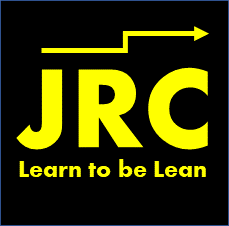
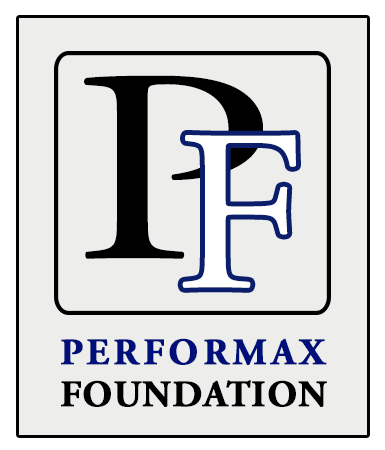

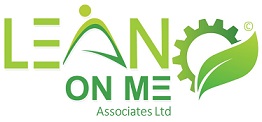






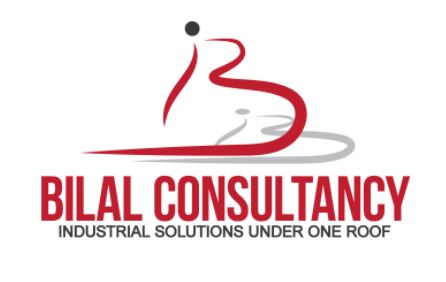











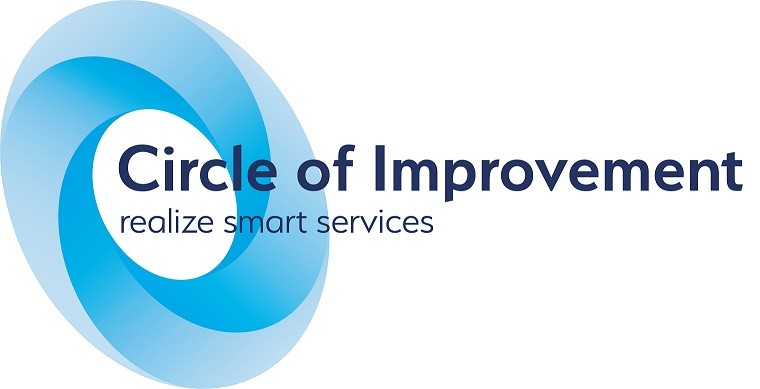






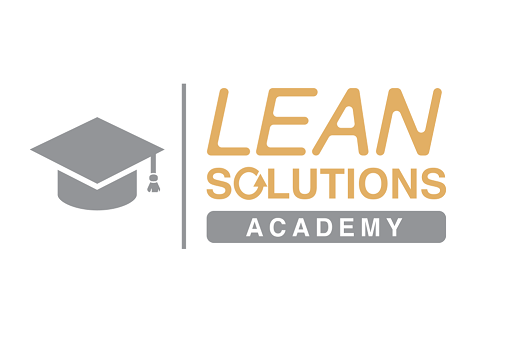

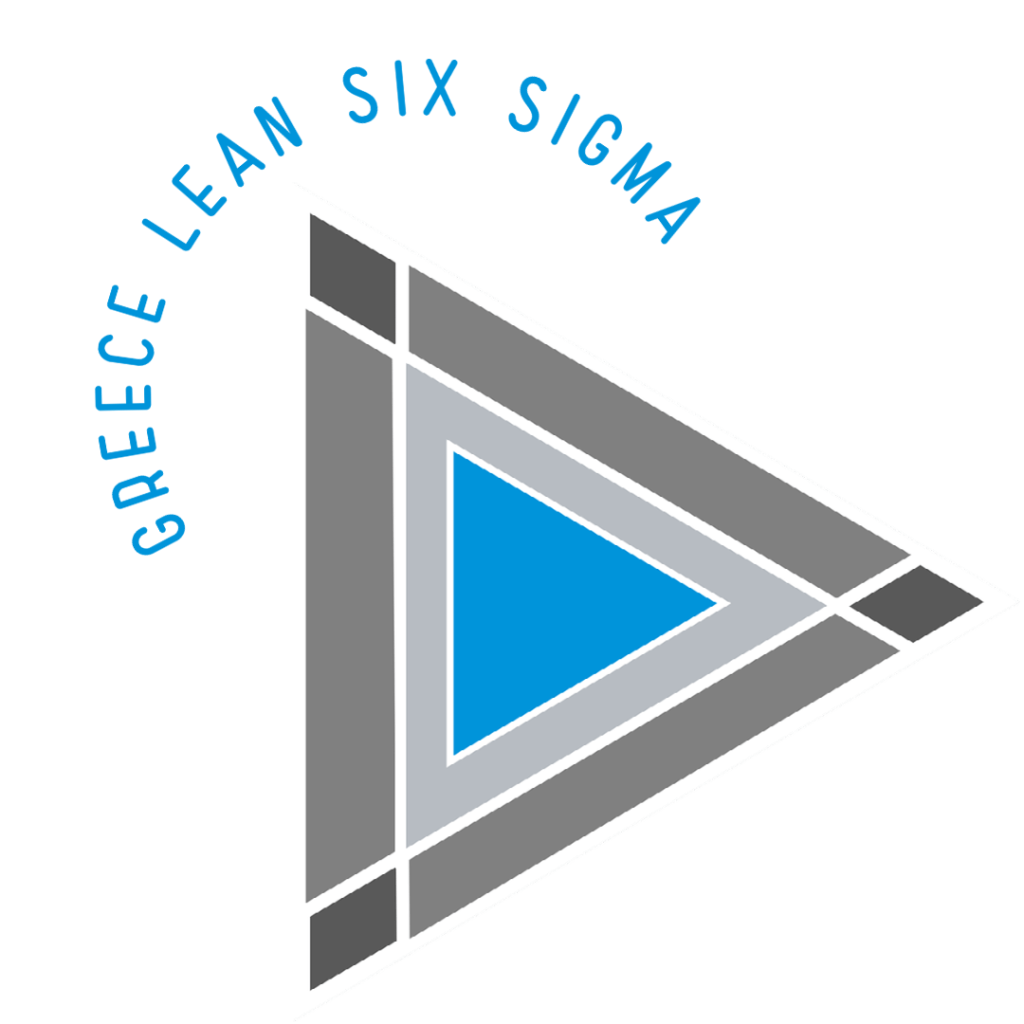
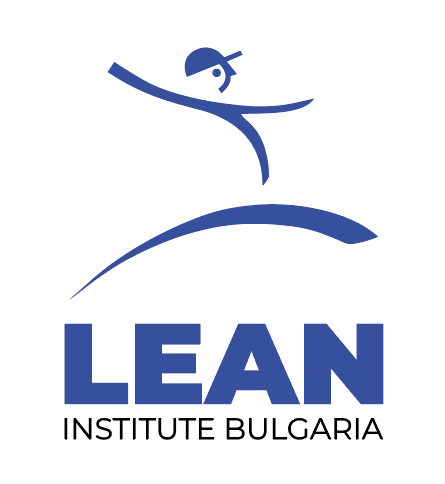


![UCOURSE.ORG [UCOURSE Academy] was established in Hong Kong in 2019 (company name: UCOURSE LTD), dedicated to providing high-quality online courses and courses for Chinese people in China, Hong Kong, and even all over the world. UCOURSE.ORG 【优思学院】于2019年成立于香港(公司名称:优思学院有限公司 / UCOURSE LTD),致力于为中国、香港、以至身处于全球各地的中国人提供优质的线上课程和考试认证,促进全国的人材培育、个人的职业发展,让学员在事业上事半功倍,同时助力国家的未来的急促发展。](https://ilssi.org/wp-content/uploads/2021/02/ucourse-logo-250.png)

